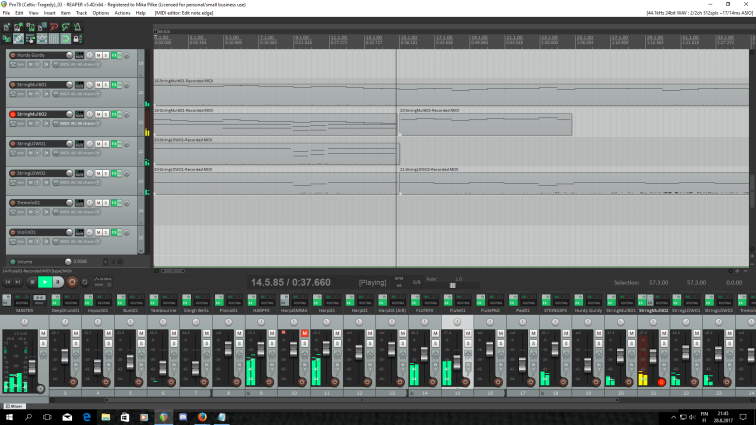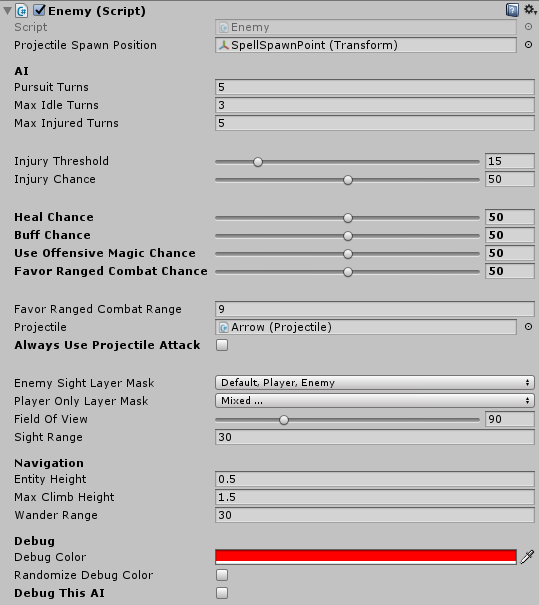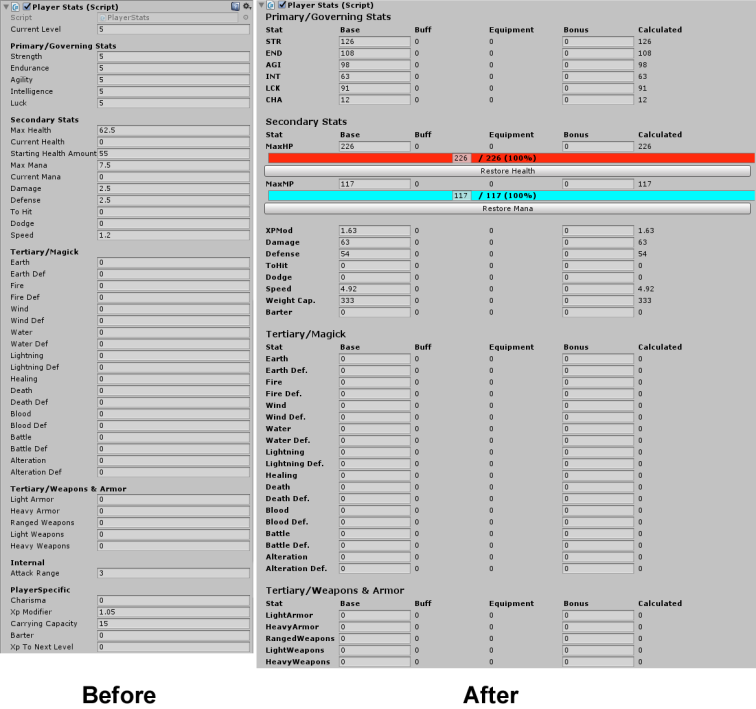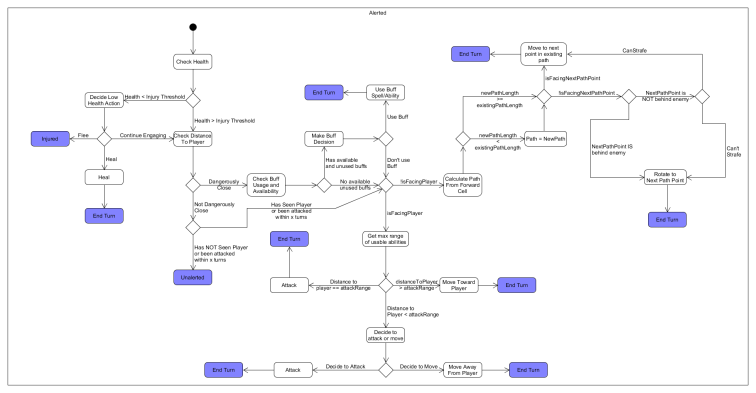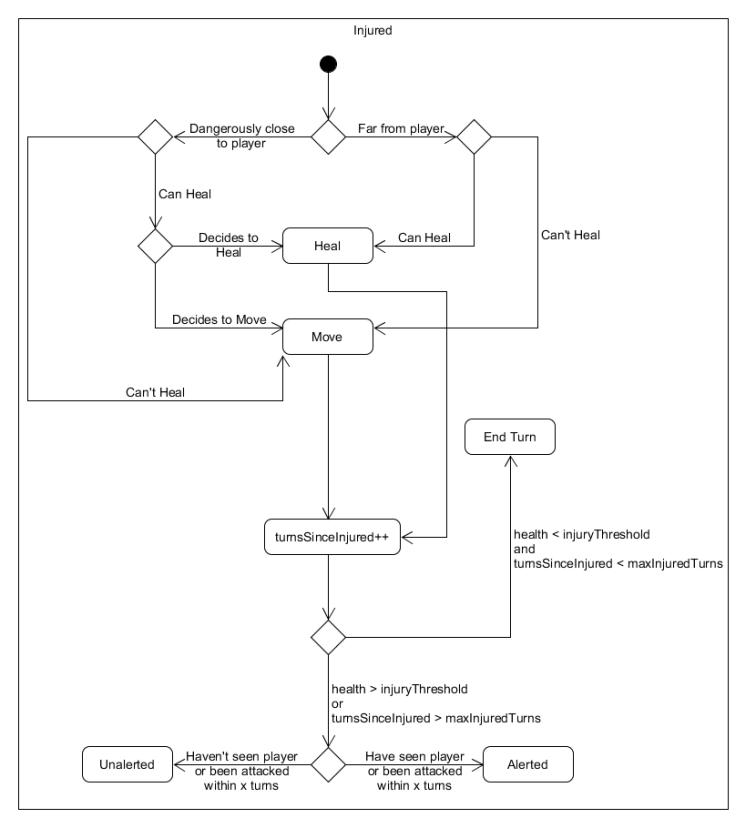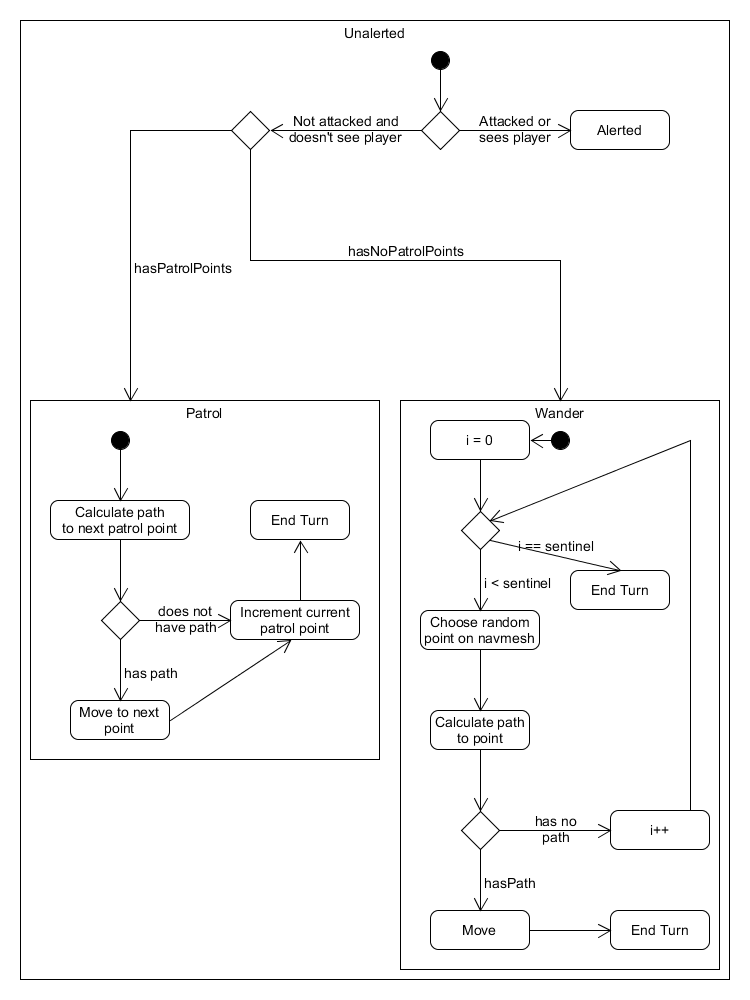I just finished the first area in the game 'Gallerie' from DreadX V. Wow.
So many things about that game that I love, and I haven't even finished it yet. The language, atmosphere, action events, scares, visuals, sound design, story progression--all amazing. You're a very talented developer.
I googled 'Gallerie game' out of curiosity to see if anyone had 'translated' the various messages that appear throughout the art gallery, and was pleased to find this page for Tôtem. When I realized it was a prequel to Gallerie, I immediately bought it.
I work professionally as a programmer, and have been making games as a hobby for over 10 years. I'm jealous of your work. You should be very proud.
I was also wondering: how did you accomplish the volumetric lighting for the projectors? I thought that looked incredible.
Also, any chance you'd ever port Gallerie to VR? I think it would work great, especially with the ASMR and trippy visuals.
Anyway, keep up the great work!





 And since I liked how it sounded and felt, I kept doing it until it was ready. And I’m glad I did.
And since I liked how it sounded and felt, I kept doing it until it was ready. And I’m glad I did.
